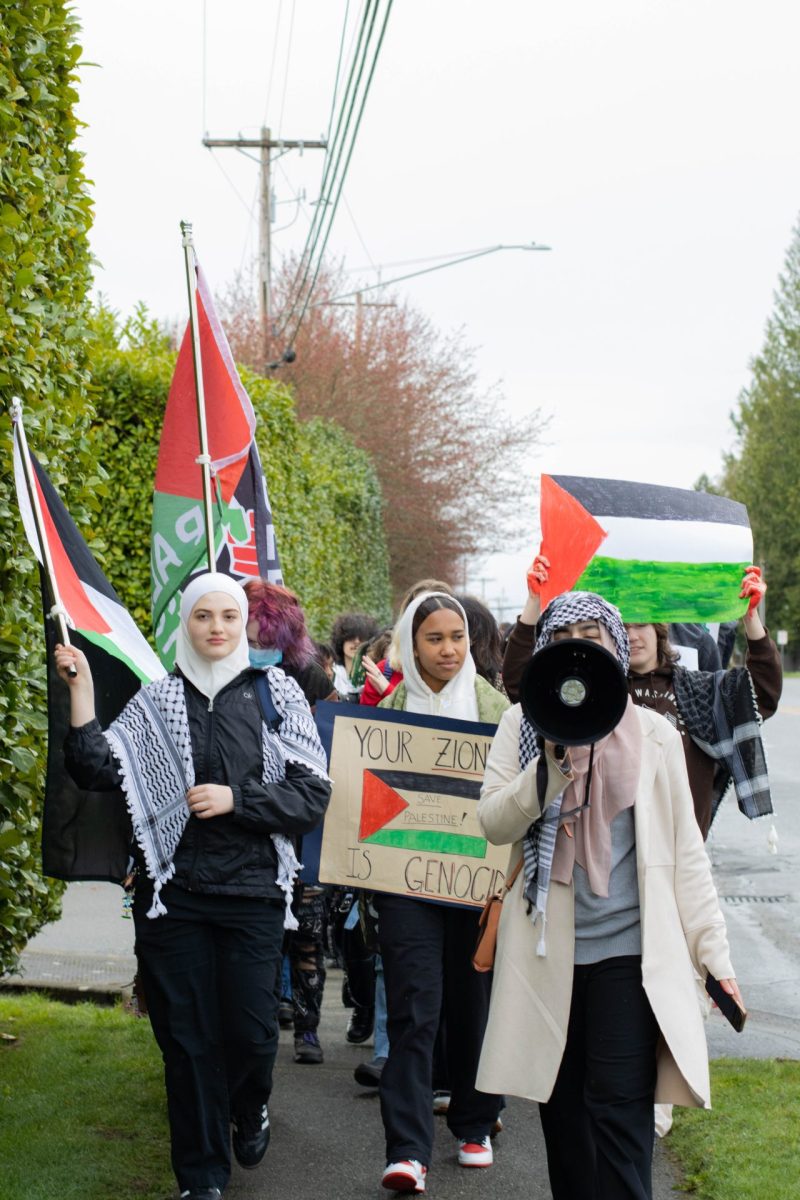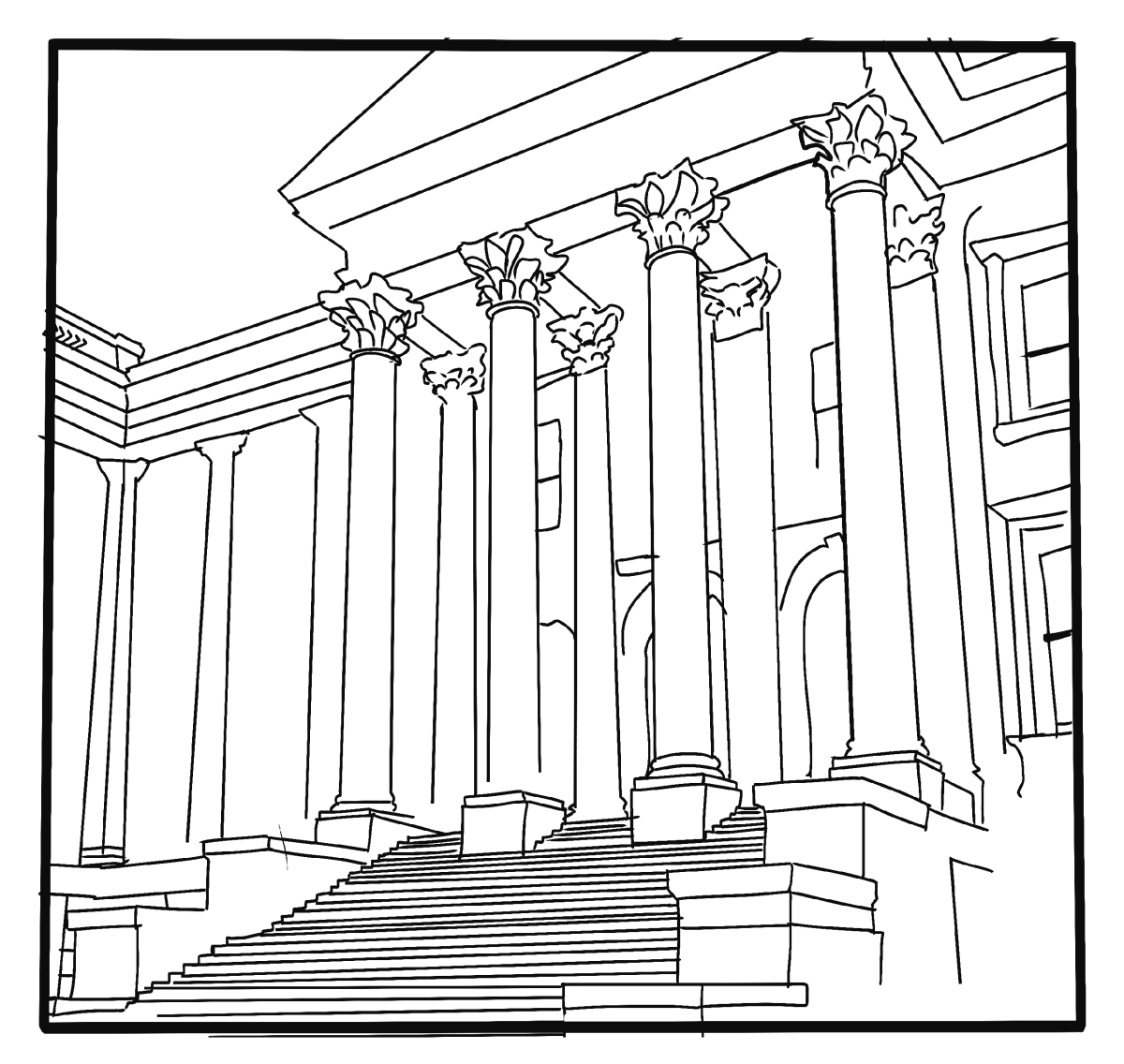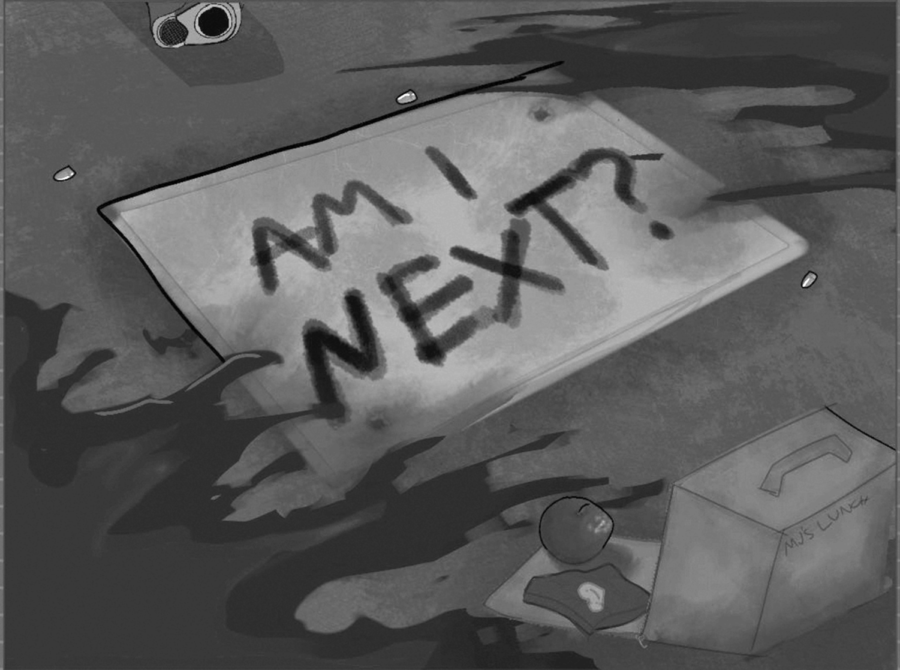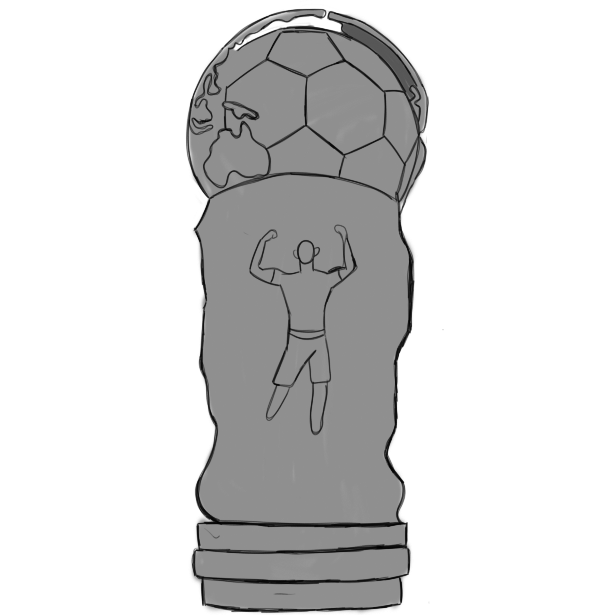Holocaust Remembrance Day began on Wednesday, April 18, and ended on the evening of Thursday, April 19.
In 1951, after two years of debating, it was decided that Holocaust Remembrance Day would be on the 27th of Nissan, later named Yom HaShoah Ve Hagevurah (Devastation and Heroism Day) and later simplified to Yom HaShoah.
The Holocaust was the genocide of approximately six million European Jews during World War II, a systematic state-sponsored persecution by Nazi Germany which was led by Adolf Hitler. Approximately two thirds of the nine million Jews resided in Europe were executed. 1.5 million children were murdered.
Holocaust survivor Abel Herzberg has said: “There were not six million Jews murdered; there was one murder, six million times.” In that era, the Germans believed that they were “racially superior” and aimed to “cleanse” Germany of the Jewish population. The Germans also perceived Roma (Gypsies) and the disabled racially inferior. Other groups were persecuted on political and behavioral grounds, among them were Communists, Socialists, Jehovah’s Witnesses and homosexuals.
The early years of the Nazi regime, the government created concentration camps to detain real and imagined opponents. To monitor the Jewish population as well, the Germans created ghettos, transit camps and forced-labor camps for the Jews during the war years. Between 1941 and 1944, Nazi Germany deported millions of Jews from Germany to ghettos and to extermination camps, also known as killing centers, where they were murdered in specially developed gassing facilities.
Near the final months of the war, guards moved camp inmates on forced marches referred to as “death marches”. The marches continued until May 7, 1945, Germany’s formal surrender in World War II, barely a week after Hitler committed suicide.
Additional links:
http://www.knesset.gov.il/shoah/eng/ehashoah.htm
http://www.ushmm.org/wlc/en/article.php?ModuleId=10005143
http://www.auschwitz.dk/
http://www.history.com/topics/the-holocaust
http://www.knesset.gov.il/shoah/eng/ehashoah.htm
http://www.ushmm.org/wlc/en/article.php?ModuleId=10005143
http://www.auschwitz.dk/
http://www.history.com/topics/the-holocaust
Story continues below advertisement











